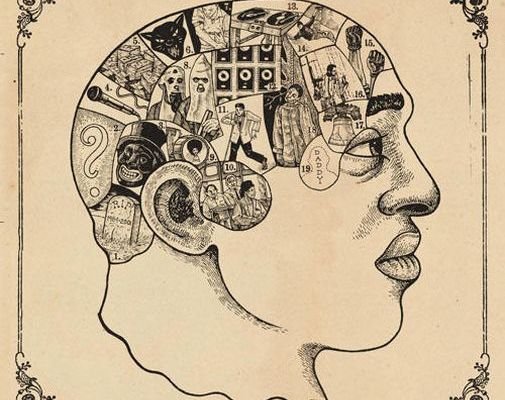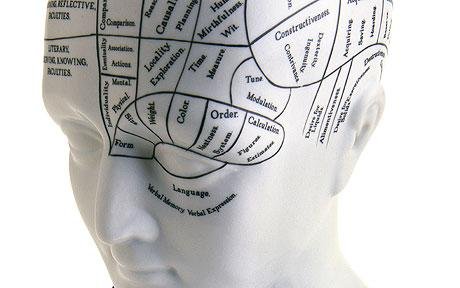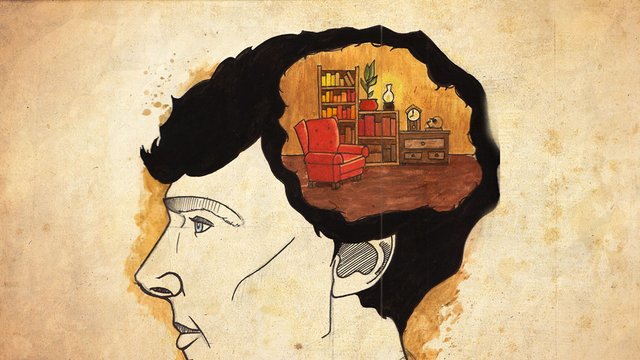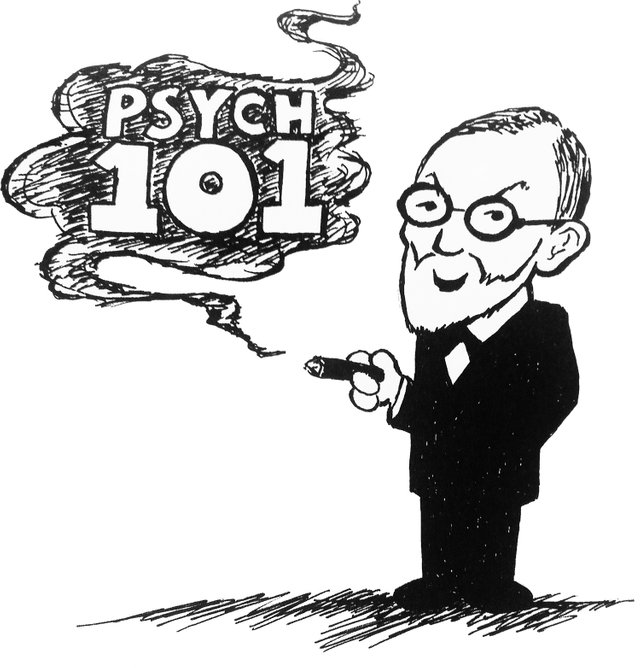Psych 101: The Memory Palace

Do you find yourself becoming more forgetful as the years go by? Have you always wished you could remember things like your grocery lists off the top of your head, but never have been able to? There are many different approaches to improving memory; however, none are as time-tested as the method of loci, also called the memory palace. Oftentimes called the memory palace technique, it was first mentioned in 80 B.C. and was later expanded on by Cicero in his work De Oratore. First published in the Rhetorica ad Herennium, the method of loci is the earliest example of the art of memorization.
The concept of this memory tactic is simple: by associating ideas or objects that you wish to memorize with memorable locations on a familiar route, you are more likely to remember them. It is important that the locations assigned to each of the ideas are personally significant to ensure that you will remember them as you mentally walk the path.
The implementation of this technique, however, is important. When using the memory palace technique, every sensation must be internalized and made significant. Sounds, smells, and feelings must be attached to each item you wish to remember in order for this method to work. For example, by remembering the scene of your friend shucking corn in your kitchen while eating grapes with a salad ready on the table, you will be more likely to remember your grocery list including lettuce, corn, and grapes. By taking note of the sound of the shucking, the color of the grapes, and the smell of the salad dressing, you will find it easier to remember each of those items.

However, a better implementation of the memory palace requires you to be more imaginative and creative. For example, imagine a cornfield in your living room that you try to travel through while juggling heads of lettuce as your friend plays with grapes as though they are marbles. You are not likely to forget that scene, as it is so extreme and seemingly out of this world. The more creative, detailed, and personal a scene is, the more likely you are to remember it.
The basis of this memorization technique is that humans are naturally better at remembering spatial information than technical details. It is probably easier for you to remember the details of a home you haven't visited in years than what you had for lunch last week. The more extreme and vivid a scene is, the more likely you are to remember it because of the abnormal impact it made on your experience.

Scientific studies have been performed to see how well the method of loci improves memorization. Most people, without using this technique, seem to only be able to remember about a dozen random numbers at a given time. However, when implementing this technique, subjects were able to remember between 80 and 90 random numbers. In a more applicable example, medical students who incorporate this method in their studies usually perform higher on tests and exams.
Overall, by using the memory palace to imagine creative and outlandish scenes, individuals can drastically improve their memorization abilities. Used since the Ancient Roman times, this technique has proved itself extremely effective in many different areas in which remembering details are necessary.
Please Follow me for more great topics. I will be adding a variety of topics in the coming up days. Want to make some political, health, learning and many other varieties to keep you on your feet.
Previous posts below
Psych 101: How to Induce a Lucid Dream
Psych 101: Intermediate Classical Conditioning
Psych 101:Beginner Classical Conditioning

Posted two great new posts on Psych 101 links below, Some good reads.
https://steemit.com/psych/@carlidos/psych-101-crayon-theory-the-psychology-of-color
https://steemit.com/psychology/@carlidos/psych-101-the-temptation-to-project-in-cyberspace
So try to remember something memorable, and associate the things you want to remember with that memory? I wasn't trying to make that difficult, but I hope I summarized it correctly :)